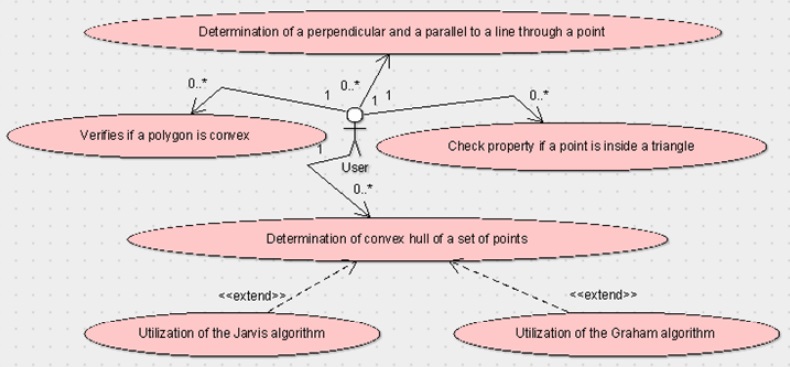UML Design in Educational Contexts
UML Design in Educational Contexts
UML Design in Educational Contexts
In this part of module 3, we discuss how UML can be used to help design, and communicate designs of educational applications and games.
Bear in mind, that UML is not a notation language dedicated (or exclusive) for engineers. The diagrams that make up UML can be understood by non-technical stakeholders.
We stress on the necessity of using UML to design and communicate your designs quite early in your SLE project, that is from the activity of "Requirements Engineering".
The table below shows some educational systems (including games) that used UML to communicate their designs:
Table1. UML-Based Educational Games and Systems
Name of Systems or Authors | Type | Reference |
Iordan and Panoiu (2010) | Educational System | Anca Iordan and Manuela Panoiu. 2010. Design using UML diagrams of an educational informatics system for the study of computational geometry elements. W. Trans. on Comp. 9, 9 (September 2010), 960–970. |
De Lope and Medina-Medina (2016) | Educational Game | R. P. De Lope and N. Medina-Medina, "Using UML to Model Educational Games," 2016 8th International Conference on Games and Virtual Worlds for Serious Applications (VS-GAMES), Barcelona, 2016, pp. 1-4. |
Cooper et al.(2014) | Educational Game (Requirements Engineering) | Kendra M. Cooper, Eman S. Nasr, and C. Shaun Longstreet. 2014. Towards Model-Driven Requirements Engineering for Serious Educational Games: Informal, Semi-formal, and Formal Models. In Proceedings of the 20th International Working Conference on Requirements Engineering: Foundation for Software Quality - Volume 8396 (REFSQ 2014). Springer-Verlag, Berlin, Heidelberg, 17–22. DOI:https://doi.org/10.1007/978-3-319-05843-6_2 |
1. Examples of UML-Based Education Designs: Iordan and Panoiu
a. Goal
"An informatics system used for the study of computational geometry elements, such as determining the parallel and perpendicular to a given line through a point, to verify the property that a point lies within a triangle, verification of the convex or concave property of a polygon, the determination of the convex hull of a set of points." (Iordan and Panoiu, 2010)
b. UML Diagrams for System Modeling

Fig1. Use-case diagram (Iordan and Panoiu, 2010)

Fig2. Activity diagram (Iordan and Panoiu, 2010)

Fig3. Class diagram (Focus is on Compositions and Aggregations) (Iordan and Panoiu, 2010)
References
Anca Iordan and Manuela Panoiu. 2010. Design using UML diagrams of an educational informatics system for the study of computational geometry elements. W. Trans. on Comp. 9, 9 (September 2010), 960–970.
R. P. De Lope and N. Medina-Medina, "Using UML to Model Educational Games," 2016 8th International Conference on Games and Virtual Worlds for Serious Applications (VS-GAMES), Barcelona, 2016, pp. 1-4.
doi: 10.1109/VS-GAMES.2016.7590373
Kendra M. Cooper, Eman S. Nasr, and C. Shaun Longstreet. 2014. Towards Model-Driven Requirements Engineering for Serious Educational Games: Informal, Semi-formal, and Formal Models. In Proceedings of the 20th International Working Conference on Requirements Engineering: Foundation for Software Quality - Volume 8396 (REFSQ 2014). Springer-Verlag, Berlin, Heidelberg, 17–22. DOI:https://doi.org/10.1007/978-3-319-05843-6_2